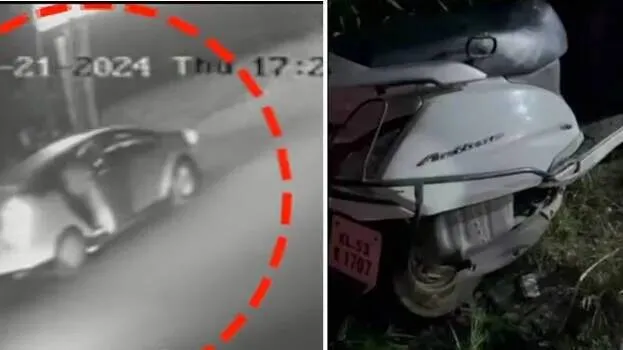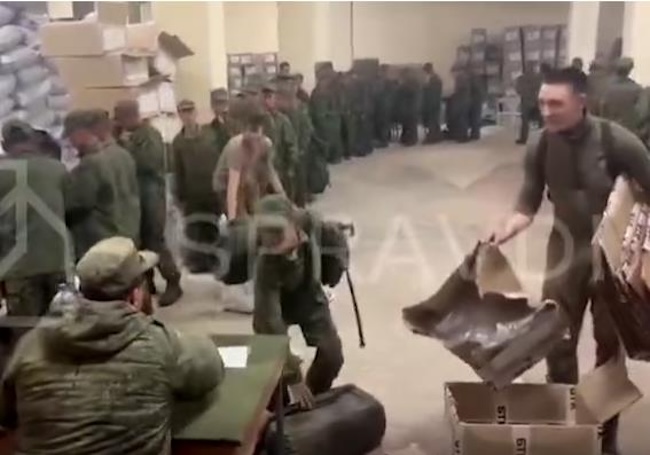
Opinion editor’s note: Editorials represent the opinions of the Minnesota Star Tribune Editorial Board, which operates independently from the newsroom. Minnesota school districts generally have about 60-70% approval ratings when they ask voters to increase their taxes for education. This past Election Day, only roughly 50% of the 45 districts seeking more taxpayer dollars were successful.
The “yes” votes generally supported renewed or increased “tech levies” designed specifically to support technology upgrades. General operating levies didn’t fare nearly as well. Just 11 of the 28 operating levies on Tuesday’s ballot earned voter support.
Of the 30 operating levies (two earlier this year and 28 on Nov. 5) in 2024, only 12, or 40% were approved. According to the Minnesota School Boards Association (MSBA), the organization that collects the data, that’s the lowest passage rate statewide since the group started tracking operating levies in 1980.
Those results appear to reflect uneasiness about the economy that came through in the national presidential election. Even when the requests amounted to just a few dollars per month on the average home, voters registered their worries about increased prices by voting “no” on school ballot questions. MSBA executive director, Kirk Schneidawind said it was challenging for districts to reach voters about school issues in a presidential election year.
More voters turn out, but they likely paid less attention to the specifics of ballot questions. “I think if people are confused, they go for the red button and vote ‘no,’ ” he said. Schneidawind also said voters might have believed that districts have enough funding after the 2023 DFL-controlled Legislature passed an education bill giving schools just over $2 billion in new spending.
But much of those funds were earmarked for specific programs – including free school meals. So, despite that funding, many districts are still facing possible cuts because of the end of pandemic relief funds, enrollment declines and the same inflationary increases for basics that voters are experiencing. Another possible reason that some districts are falling short of the operating revenues they say they need is due to employee contracts.
During a recent conversation with several metro area superintendents, some admitted that they were on the hook for contracts their budgets couldn’t afford. They, like their constituents want their teachers and other staff to be compensated fairly. And so, they sometimes agreed to pay and benefit hikes in hopes of figuring out where the money would come from later – whether that be from local property tax increases or additional funds from state and federal sources.
Among the biggest tech levy victories was in Minneapolis where voters overwhelmingly backed a $20-million-a-year levy for technology upgrades, according to district leaders. Those additional funds will free up general fund dollars and minimize cuts to other programs and services. “This is one important step in addressing our ongoing budget issues, and it is a major commitment to our students and investment in our schools,” Minneapolis Public Schools Superintendent Lisa Sayles-Adams said in a social media post on Wednesday.
Besides Minneapolis, other districts across the state where at least one levy question passed included Brooklyn Center, Inver Grove Heights, Burnsville, Cook County, Ely and Thief River Falls. Requests from school boards failed in districts including but not limited to Farmington, Moorhead, Robbinsdale, Lakeville, Byron, Blue Earth and Rockville. Districts that failed to gain voter approval for additional funding will now be left to decide whether to return to voters, or seek additional state and federal funding.
Failing that, they will undoubtedly be forced to make cuts, or find creative ways to reallocate their budgets..














